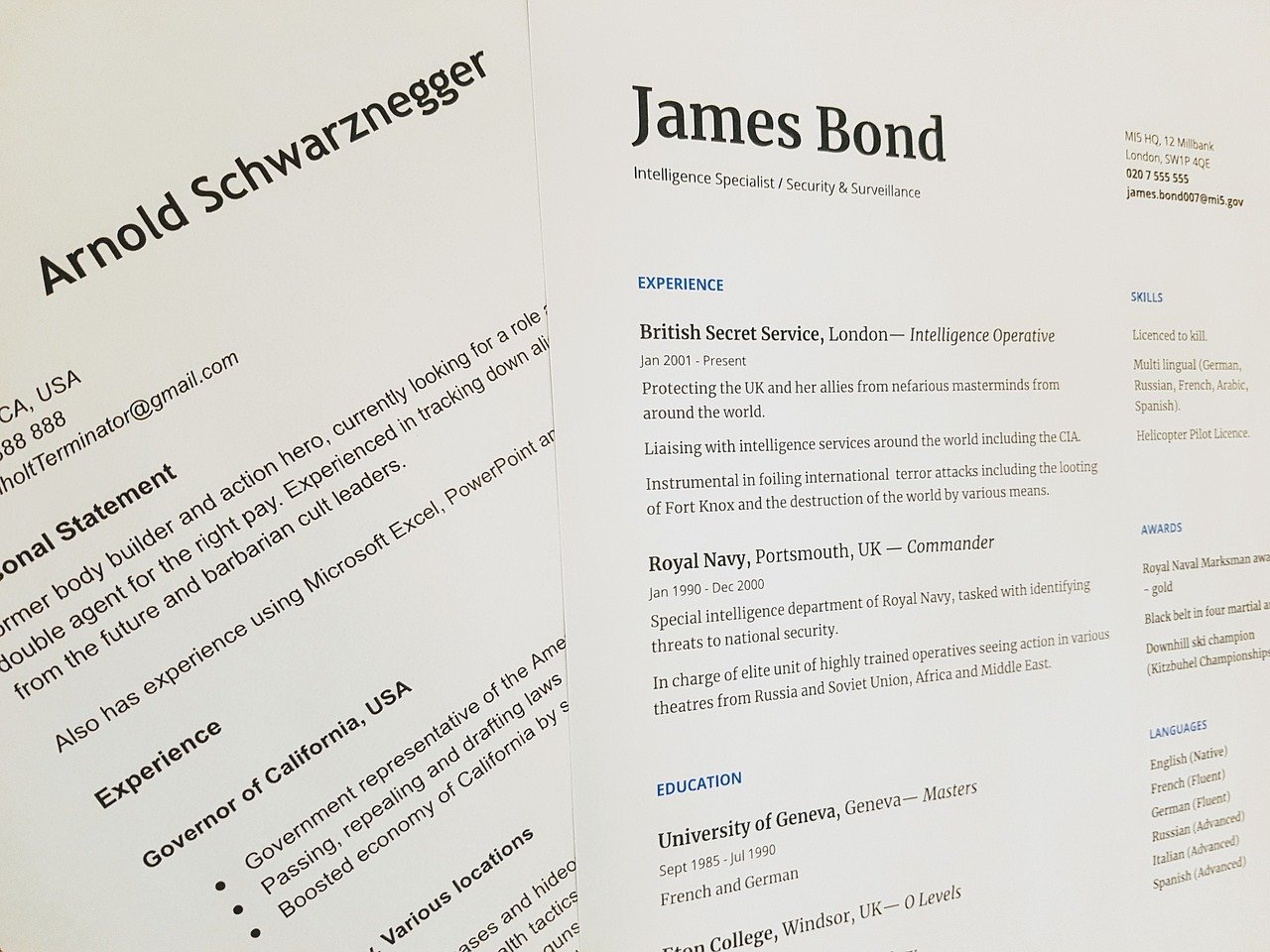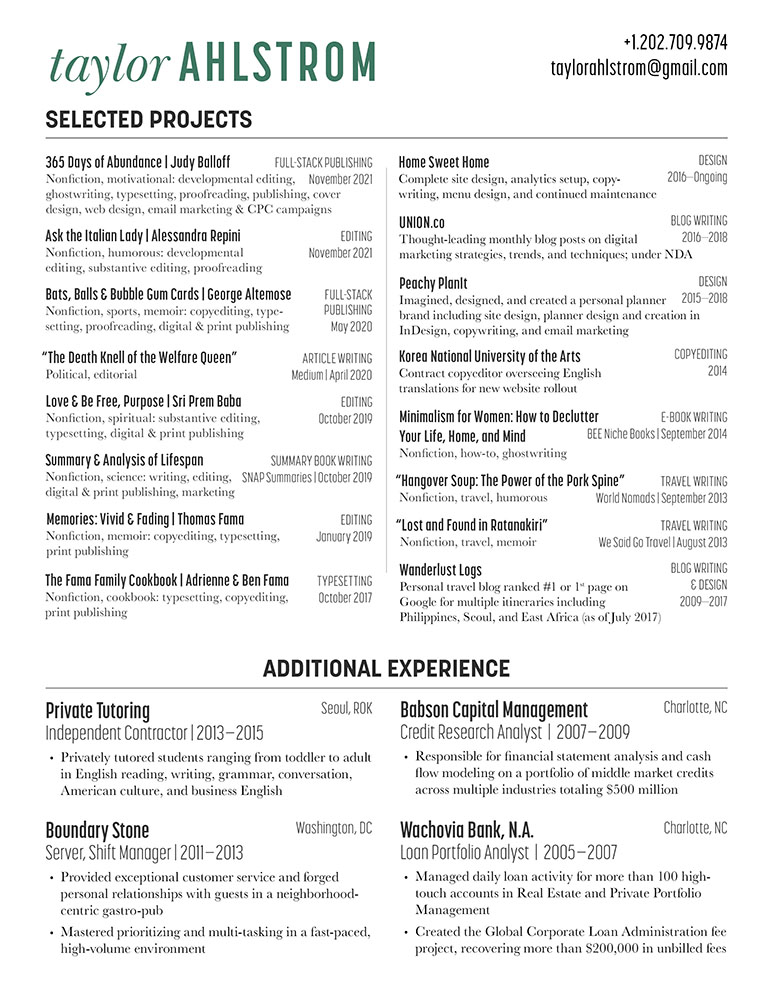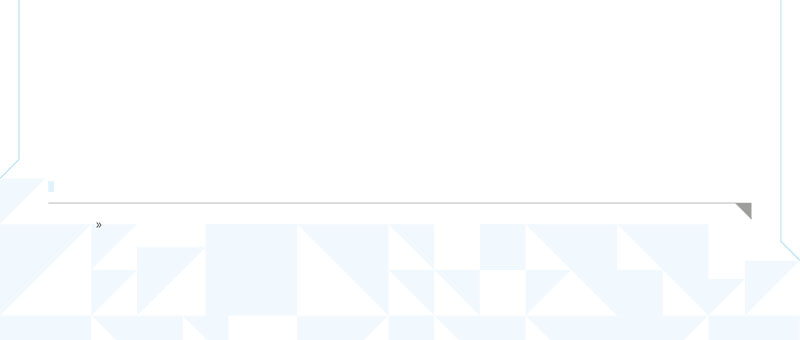how long should my resume be?
One of the most common questions about job applications is “how long should my resume be?” Can it be two pages? Do I include everything I’ve ever done including winning that D.A.R.E. Poster Contest in 6th grade?
I know, I know. You’re very accomplished and you want the whole world to know it. But the fact is that second page of your resumé is exhausting. And it’s probably not getting read. While there is nothing particularly wrong with including that second page if you really need it, you better be sure the first page of your resume packs all the punch you need. Think about it this way: could you get the job if they only saw the first page?
I’ll use my own resume as an example. Yes, I have a funky, creative resume because I am a freelancer and business owner and I do what I want. No, my resume is NOT good for printing and I am breaking my own rules. Oops. But as you can see, if a recruiter looked only at the first page of my resume, they would see everything they needed: my profile, my last ten years of work history, my skills, strengths, objectives, and education. What’s on the second page of my resume? Additional information. Links to articles I’ve written, my job history before I got into writing and editing, some other contract work I’ve done to show my breadth. If no one ever saw this page, the first page of my resume would do just fine on its own. It’s like a bonus page if they just really want to know all about me.
But Taylor, all of my wonderful work experience doesn’t fit on one page! Well, time to cut it back. No one is reading every single bullet on your resume. That’s not how eyes work—or busy people for that matter. You should not have 47 bullet points for a job. The older a job is, the fewer bullet points it needs.
You should be able to sum up the highlights in three bullet points. For your most recent job, stick to about five. Work history older than 10 years? Nobody cares. If you still can’t fit everything on one page after streamlining your bullet points and highlighting the right things, then by all means, go for that second page. Especially if you’ve had a lot of jobs that are all relevant to the one you’re applying for. But if your second page is chock full of stupid bullet points and irrelevant work experience, scrap it.
The good news is that resume design is changing, and you no longer have to just submit a list of all the places you’ve worked. Hybrid designs—ones highlighting both your skills along with a reverse-chronological style—are all the rage. So your first page can highlight all the things you want it to, while your second page can act as back-up when you make it past the first round.
Need help figuring out how to pare down your second page or highlight your strengths? Gimme a shout!






